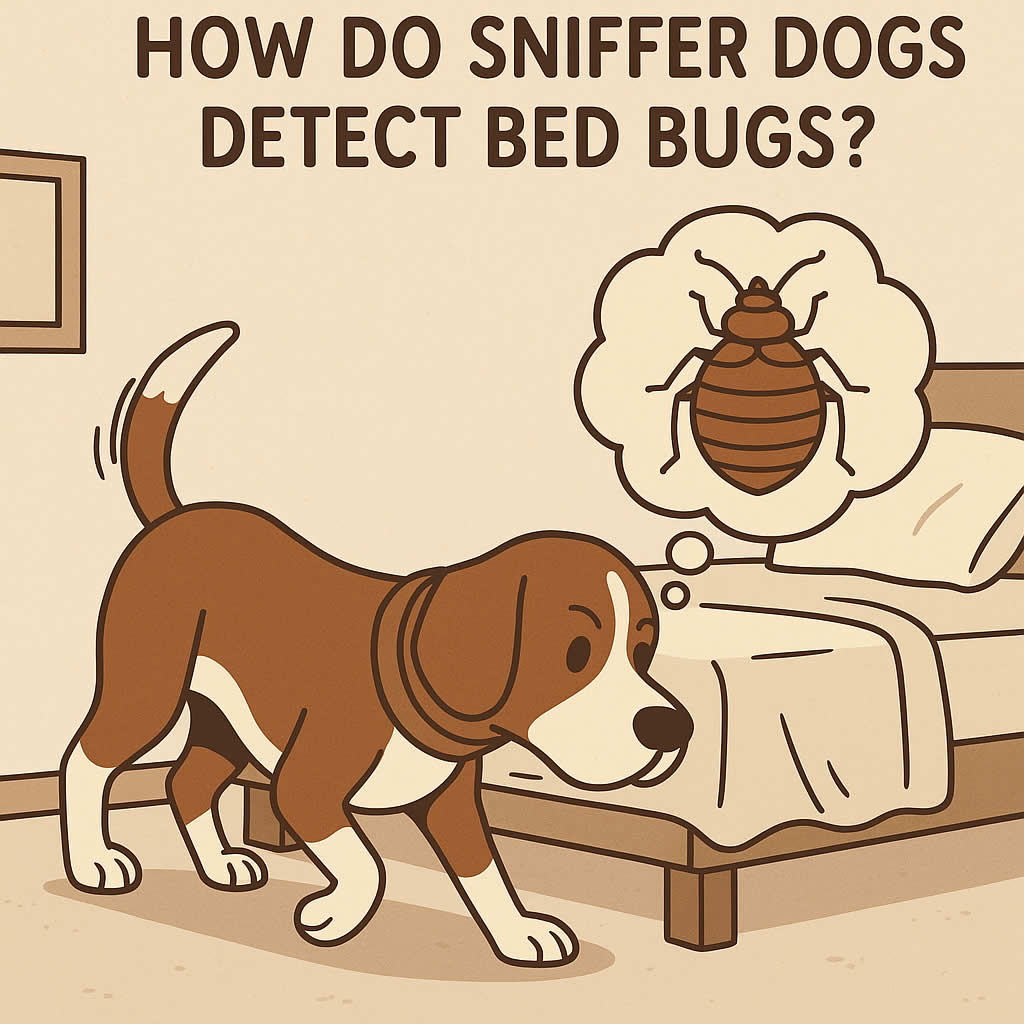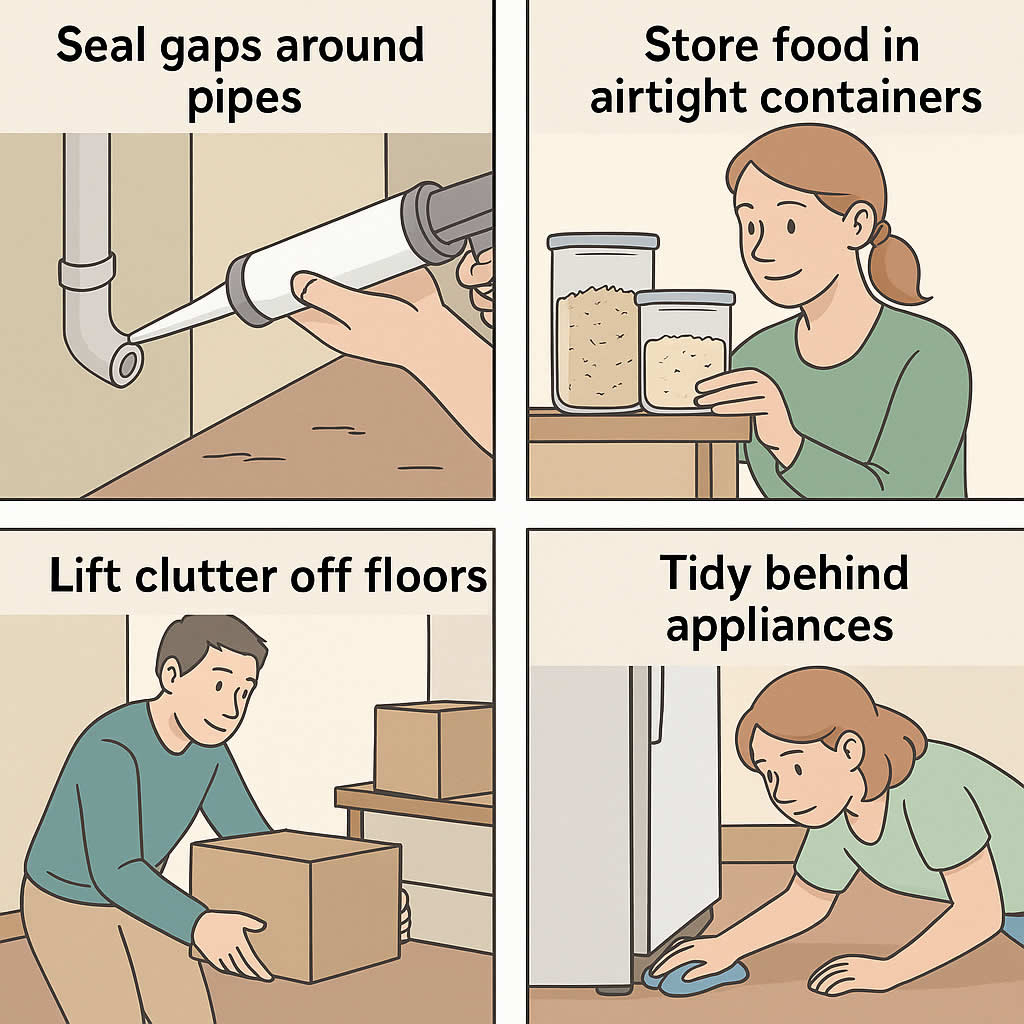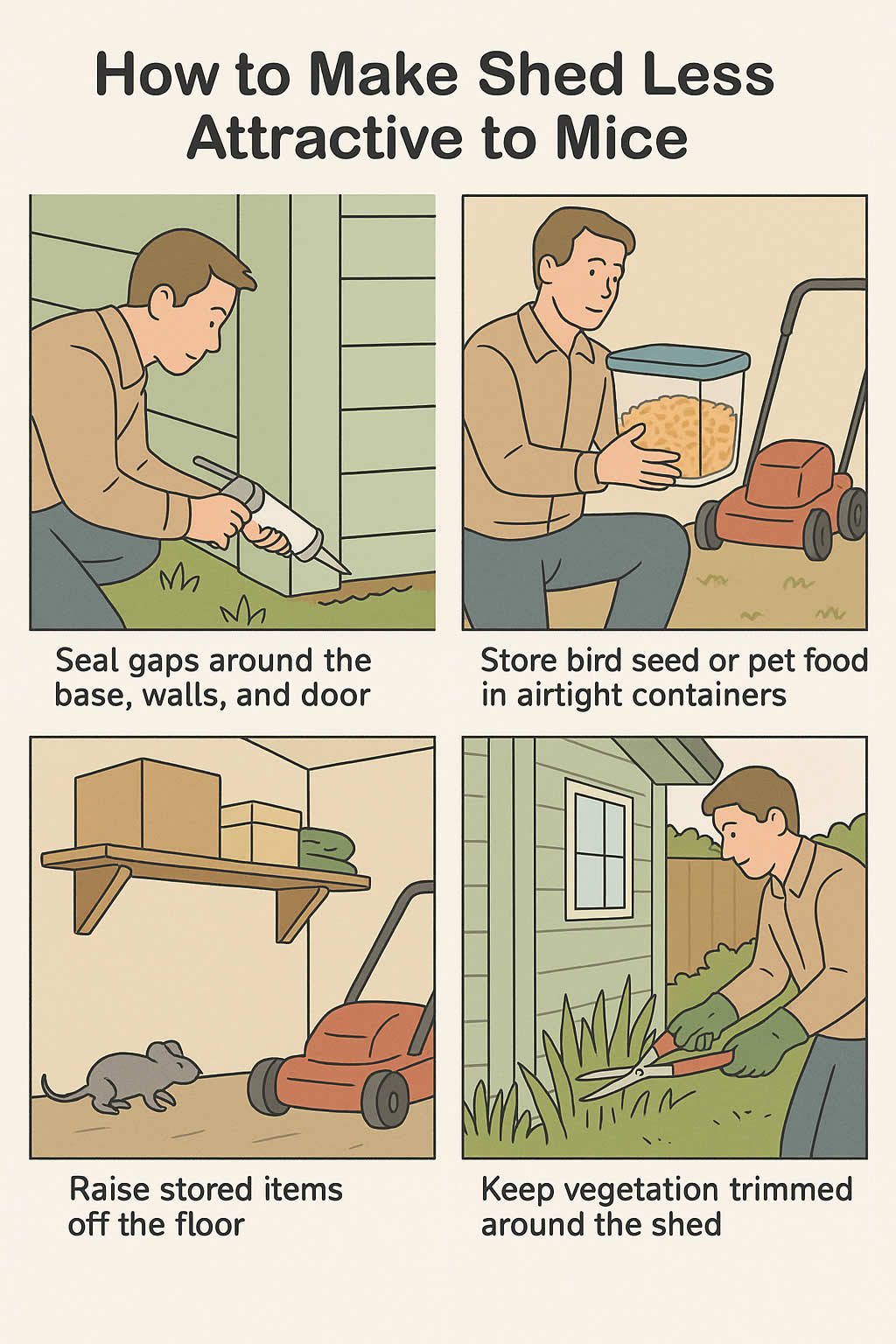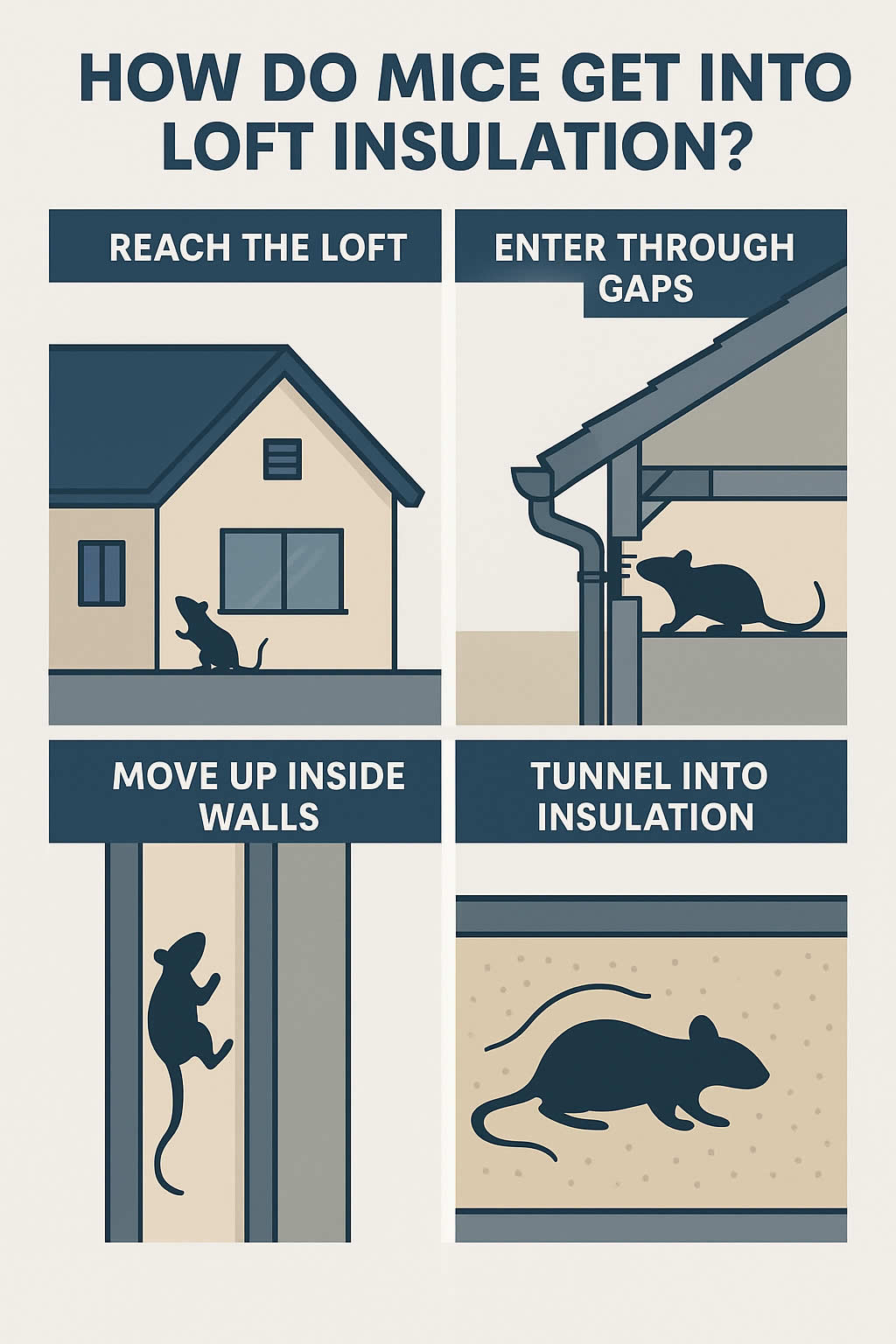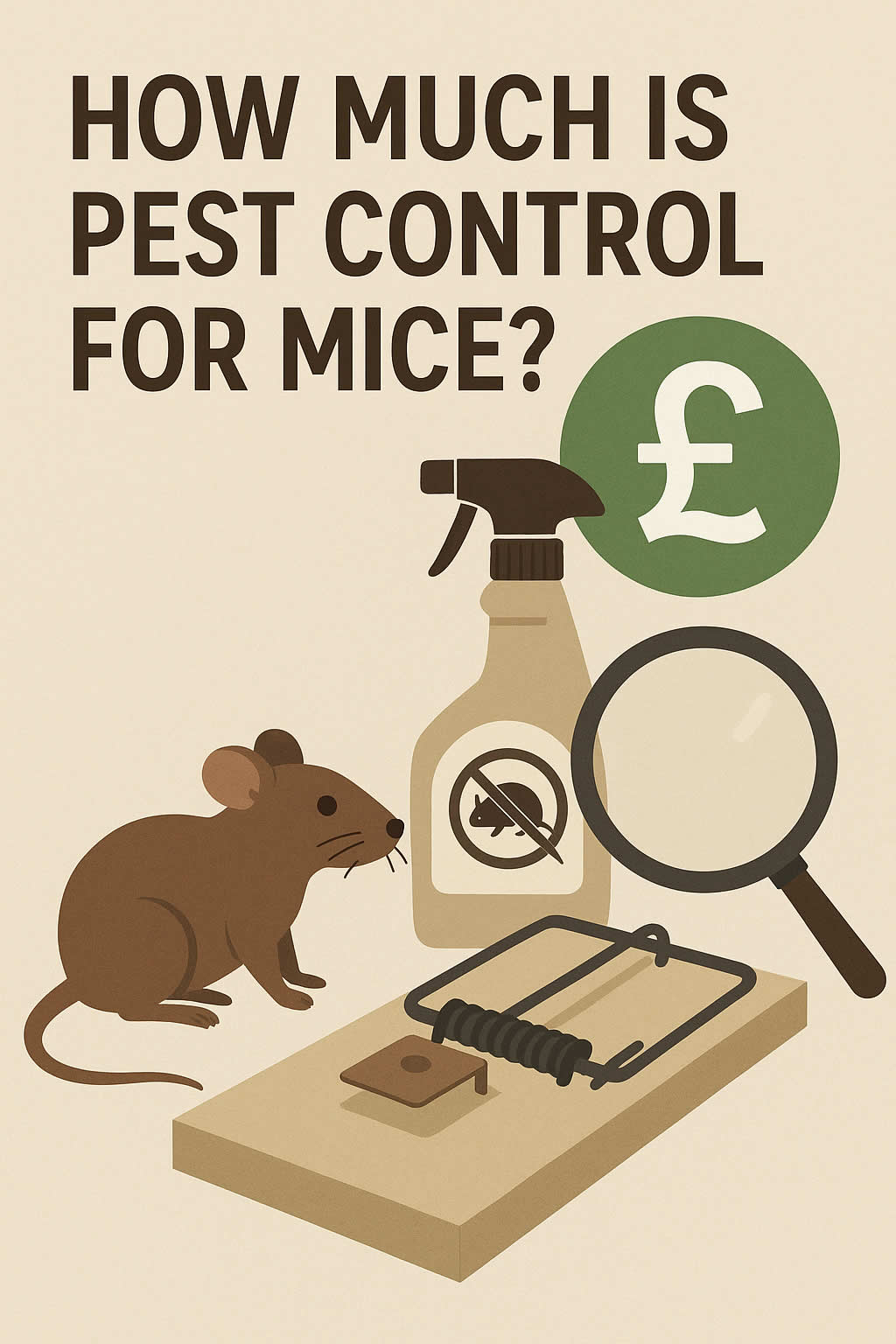Related Queries
ToggleIf you’ve ever woken up with itchy bites or spotted tiny marks on your sheets, you’ll know how unsettling the thought of bed bugs can be. These pests hide well, move quickly, and often go unnoticed until the problem has spread. That’s why many people turn to sniffer dogs to detect them.
You might wonder how a dog can possibly find such tiny insects when you can barely see them yourself. The answer lies in the extraordinary sense of smell dogs have and the highly specific training they receive. Let’s take a closer look at how it all works, why sniffer dogs are trusted by professionals, and what happens if they confirm an infestation in your home or business.
Why are sniffer dogs used for bed bug detection?
You may already know that bed bugs are experts at hiding. They squeeze into cracks, live deep in furniture, and sometimes even hide behind wallpaper. A visual inspection alone can take hours, and even then, it’s possible to miss them. This is where sniffer dogs come in. They don’t need to see the bugs; they just need to smell them.
Dogs can detect the unique scent bed bugs give off. That means they can locate infestations much faster than a person could. For homeowners, this can save time, money, and stress. For hotels or businesses, it can prevent major losses by catching the problem early before it spreads to multiple rooms or floors. The main reason dogs are used is their reliability in finding what our eyes can’t.
How does a dog’s sense of smell work?
The science behind a dog’s nose is remarkable. While humans have around five million scent receptors, dogs can have more than 200 million, depending on the breed. This allows them to pick up even the faintest odour.
When a dog sniffs, air flows into a part of the nose designed purely for scent. This means dogs can process smells separately from breathing. Bed bugs release pheromones and chemical compounds, even in small numbers, that dogs are trained to recognise. A dog doesn’t just smell “something strange” — it can separate layers of scents, picking out bed bugs even if the room is filled with other odours like cleaning products, perfume, or food.
Think about it this way: if you walk into a kitchen, you might just smell “dinner.” A dog can detect each ingredient separately, right down to the herbs. That’s how they can locate bed bugs hidden inside a mattress or deep within furniture without actually seeing them.
How are dogs trained to detect bed bugs?
The training process is both detailed and patient. Detection dogs start by being exposed to the scent of live bed bugs. Trainers reward the dog whenever it correctly identifies the scent, reinforcing the behaviour until the dog learns to associate finding that smell with receiving praise or treats.
It’s important to note that dogs are trained to recognise live bed bugs and, in some cases, viable eggs. They’re not trained to react to dead insects or old shells, which helps reduce false alerts.
During training, dogs are put through different scenarios — hotel rooms, offices, houses — so they learn to work in real environments. They also practise ignoring other smells. This ensures the dog’s attention stays on the specific odour of bed bugs, not on food crumbs, pets, or cleaning supplies.
Are sniffer dogs accurate compared to human inspection?
This is a question many people ask because accuracy is key when dealing with pests. Research has shown that sniffer dogs can be highly effective. In controlled studies, dogs have been able to detect bed bugs with accuracy rates well above those of human inspectors.
Humans rely on sight, which means we need to find visible evidence like live insects, eggs, or droppings. Dogs rely on smell, which gives them an advantage in spotting an infestation before it becomes obvious to us. That said, results can vary depending on the dog, its handler, and the conditions.
The best way to think about it is this: a well-trained sniffer dog adds another powerful tool to the process. They often find things faster and earlier than humans can, making them a strong first line of defence.
What happens during a sniffer dog inspection?
If you book a sniffer dog inspection, here’s what usually happens. The handler will bring the dog into your property and guide it carefully around each room. The dog will sniff areas where bed bugs are likely to hide — mattresses, bed frames, sofas, carpets, and skirting boards.
When the dog detects the scent, it signals to the handler, often by sitting, pawing, or focusing on a specific spot. The handler will then check that area more closely to confirm the presence of bed bugs. Inspections are usually quick, often taking less than an hour for a home, depending on the size of the property.
It’s not invasive — there’s no need to take furniture apart or strip the whole house down. The dog simply works its way through the rooms, guided by its sense of smell, and the handler records the results.
What are the benefits of using sniffer dogs in homes, hotels, and businesses?
The benefits are significant. First, speed. A trained dog can search a room in minutes, while a human might take much longer. Second, accuracy. Dogs can pick up infestations at an earlier stage, meaning you can take action before the problem spreads.
For hotels, the ability to confirm bed bugs quickly can protect their reputation. Guests expect clean, pest-free rooms, and early detection helps businesses resolve issues quietly and efficiently. For homeowners, using a sniffer dog gives peace of mind. Even if no bed bugs are found, you gain reassurance knowing that a thorough search has been done.
Another benefit is that inspections don’t cause damage. There’s no need to rip up carpets or dismantle furniture just to check for pests. Dogs make the process simple and non-disruptive.
Are there any limitations or challenges with canine inspections?
While sniffer dogs are effective, they’re not perfect. Conditions in the room can affect results. Strong cleaning chemicals or heavy air fresheners might interfere with the scent. The dog’s performance also depends on the quality of its training and the skill of the handler.
False alerts are rare but can happen. This is why most professional pest control companies use the dog’s signal as a guide, followed by human verification. It’s also worth remembering that not all dogs are trained to the same standard. Choosing a reputable service with certified detection dogs is essential.
What should you do if a sniffer dog confirms bed bugs?
If a dog signals that bed bugs are present, the next step is treatment. Confirmation means it’s time to act quickly. Leaving the problem to grow can make removal harder and more expensive.
Treatment methods vary. Some pest control services use heat treatments, which raise the temperature of the room to a level that kills both bugs and eggs. Others use targeted chemical sprays or a combination of approaches. What matters most is using a professional who has experience dealing with bed bugs.
While it might be tempting to try DIY sprays, bed bugs are resilient. They can hide in tiny gaps and may survive if treatments aren’t applied correctly. A professional approach ensures the problem is fully resolved.
Why does early detection matter so much?
Bed bugs reproduce quickly. A single female can lay hundreds of eggs in her lifetime. If you miss the early signs, an infestation can spread from one room to many. That’s why early detection is so valuable. Dogs can pick up on small infestations before they explode into larger problems.
Catching bed bugs early can save you money, reduce stress, and minimise disruption. Instead of replacing furniture or fumigating the entire property, you might only need targeted treatment in one or two areas.
Can sniffer dogs be used for regular monitoring?
Yes, and in some industries, this is common. Hotels, care homes, and student accommodation providers often schedule regular canine inspections as part of their maintenance routine. By doing this, they keep control of potential infestations before they impact residents or guests.
For homeowners, regular inspections might not be necessary, but if you’ve had bed bugs in the past or live in a shared building, arranging follow-up checks can provide reassurance.
Final thoughts
Bed bugs are one of the most difficult pests to deal with because of how well they hide. Sniffer dogs give us an advantage by finding them quickly and accurately, often before we even know they’re there. By relying on a dog’s remarkable sense of smell and the careful training they receive, you can protect your home or business from a much bigger problem.
If you’re worried about bed bugs, don’t wait until the situation gets worse. A professional inspection with a sniffer dog can give you clear answers and peace of mind. And if the dog confirms a problem, you’ll know exactly where to target treatment, saving you time and unnecessary expense.
If you’re ready to take the next step, the best thing to do is contact a local pest control professional who offers canine inspections. That way, you’ll have confidence that your property is properly checked and, if needed, treated without delay.

